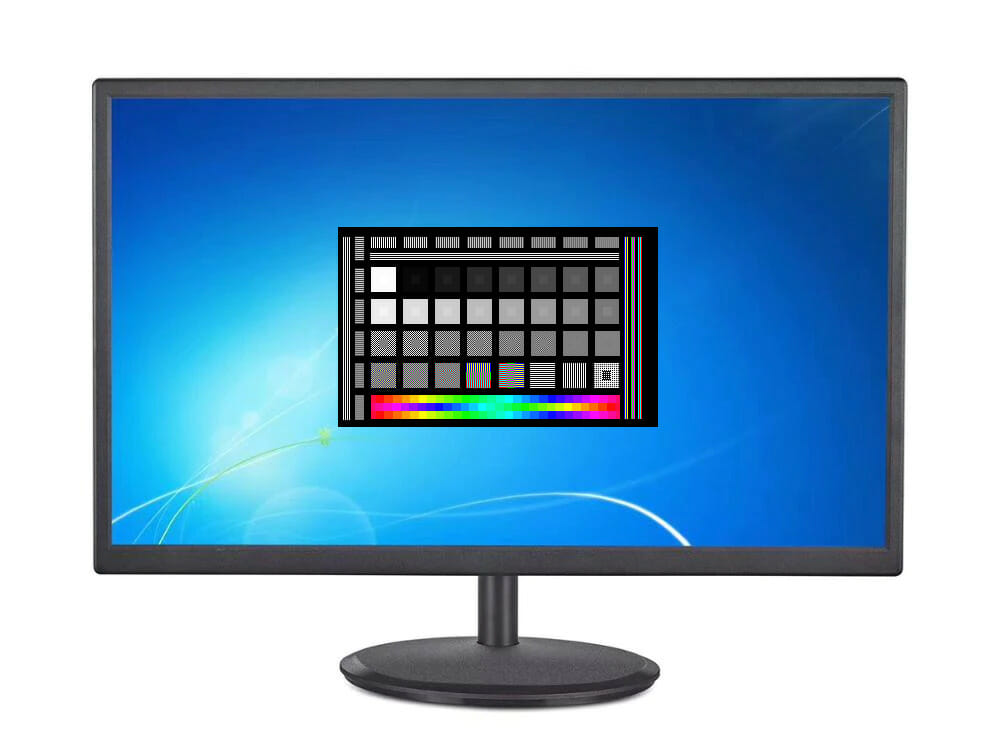The appropriate brightness for a monitor depends on the individual user’s preferences and the ambient lighting in the room. However, as a general guideline, the American Academy of Ophthalmology recommends setting the brightness to match the lighting in the room or a little lower. In addition, it’s also important to take regular breaks to give your eyes a rest, and to adjust your monitor’s settings to reduce glare and reflections.
Ambient lighting:
The first thing to consider when determining the appropriate brightness for your monitor is the lighting in the room where you’ll be using it. If the room is brightly lit, you’ll want to set your monitor to a higher brightness to counteract the ambient light. If the room is dimly lit, a lower brightness will be more appropriate.
Personal preference:
Ultimately, the appropriate brightness level for your monitor will depend on your personal preferences. Some people prefer a brighter display, while others prefer a dimmer display. Experiment with different brightness settings to find the level that works best for you.
Viewing distance:
The distance at which you’ll be viewing your monitor is another important factor to consider. If you’ll be sitting close to the monitor, a lower brightness will be more appropriate. If you’ll be sitting farther away, a higher brightness may be necessary.
Glare and reflections:
Glare and reflections can cause eye strain and fatigue, so it’s important to adjust your monitor’s settings to reduce these effects. Look for a monitor with an anti-glare coating or use a glare filter to reduce reflections.
Eye strain and fatigue:
It’s also important to take regular breaks to give your eyes a rest. This is especially important if you spend a lot of time in front of a computer screen. Adjust the brightness level on your monitor to a level that is comfortable for your eyes, and use the 20-20-20 rule: Every 20 minutes, take a 20-second break and look at something 20 feet away.
FAQS
What is the ideal brightness level for a monitor?
The ideal brightness level for a monitor depends on the individual user and their viewing environment. Generally, a brightness level of around 100 nits (a unit of luminance) is considered a good starting point for most rooms with moderate lighting. However, if you are in a room with very bright lighting, you may need to increase the brightness to around 120-150 nits. On the other hand, if you are in a room with very low lighting, you may need to decrease the brightness to around 60-80 nits.
How do I measure the brightness of my monitor?
There are a few ways to measure the brightness of your monitor. One way is to use a monitor calibration tool, such as a colorimeter or spectrophotometer. These tools can give you a precise measurement of the brightness in nits. Another way is to use your monitor’s built-in settings, such as the on-screen display (OSD) menu. Many monitors have a “brightness” setting that allows you to adjust the brightness level.
Can a bright monitor cause eye strain?
A bright monitor can cause eye strain if the brightness level is set too high. When the brightness is set too high, the eyes have to work harder to adjust to the light, which can lead to discomfort and fatigue. It’s important to find the right balance between a bright enough monitor for your environment, but not too bright to cause strain.
Can a dim monitor cause eye strain?
A dim monitor can also cause eye strain if the brightness level is set too low. When the brightness is set too low, the eyes have to work harder to see the screen, which can lead to discomfort and fatigue. It’s important to find the right balance between a dim enough monitor for your environment, but not too dim to cause strain.
Can changing the brightness of my monitor affect color accuracy?
Yes, changing the brightness of your monitor can affect color accuracy. When the brightness is set too high, the colors can appear washed out and less vibrant. When the brightness is set too low, the colors can appear dark and muted. It’s important to find the right balance between a bright enough monitor for your environment, but not too bright to affect color accuracy. To ensure accurate colors, you should calibrate your monitor using a colorimeter or spectrophotometer.
